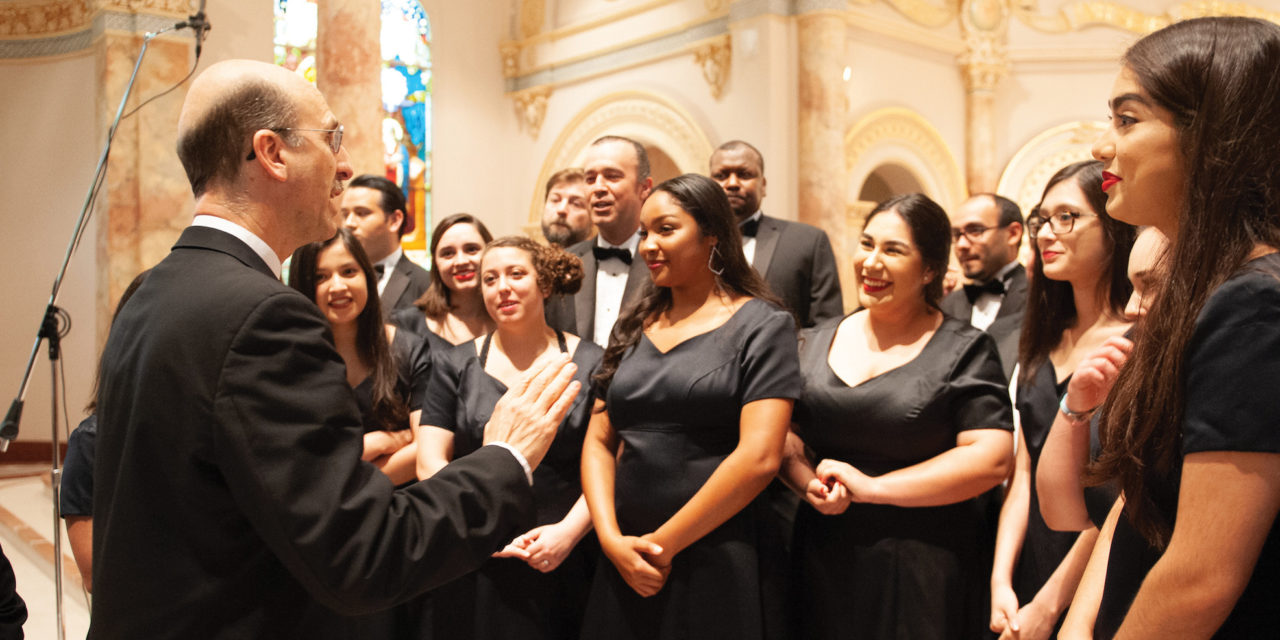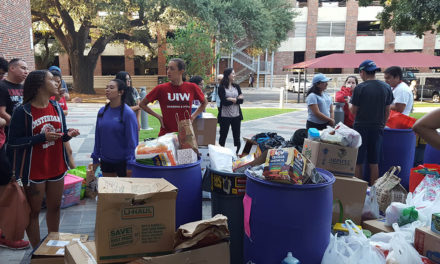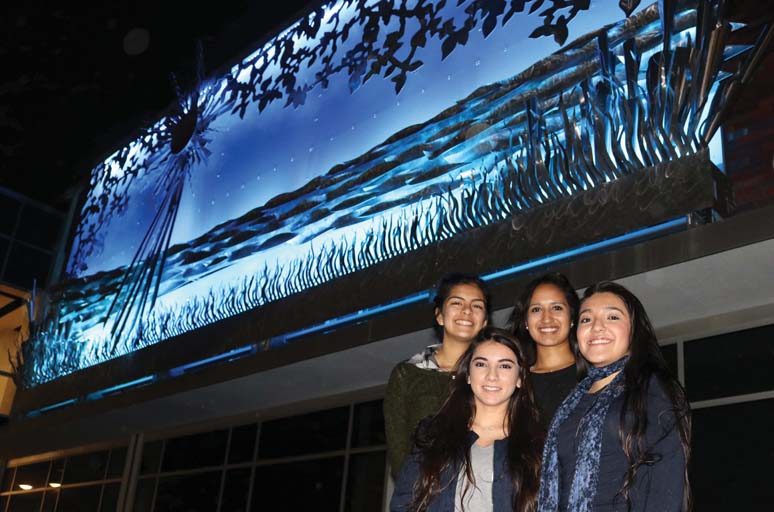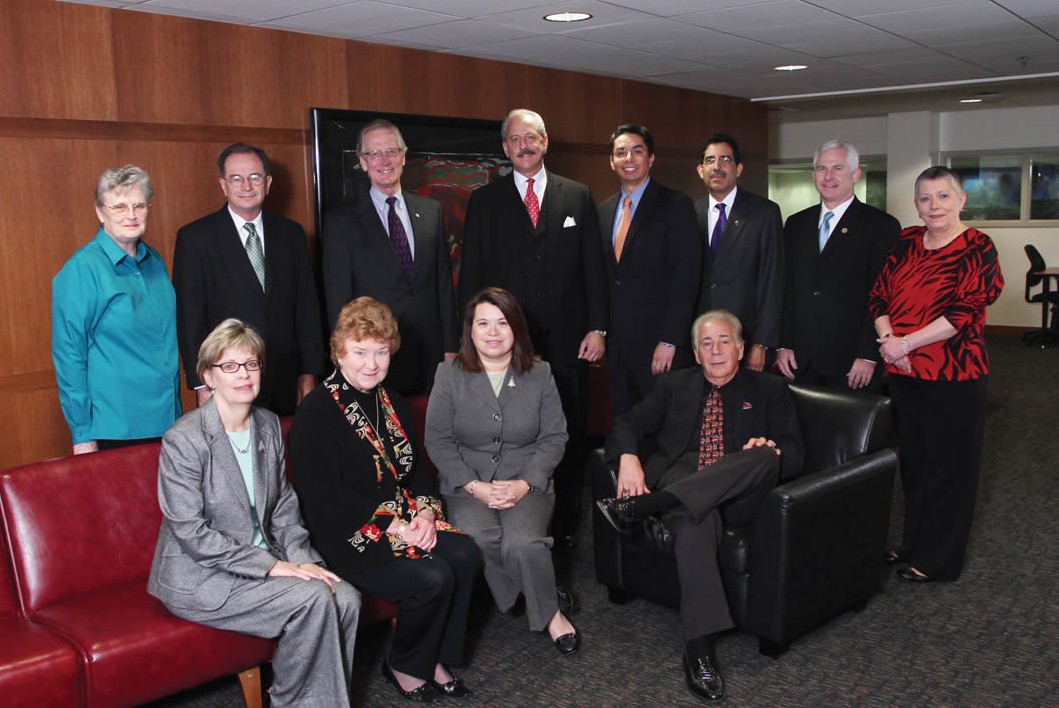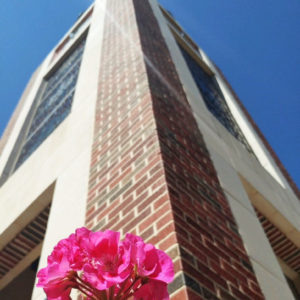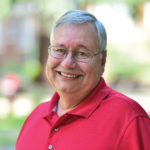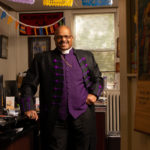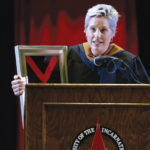Cardinal Singers Bring Awareness of Sacred Music in Spanish to National Conference
By Kiko Martinez
When University of the Incarnate Word (UIW) senior and Cardinal Singers member Maura Navarrete found out her chamber choir would be singing sacred music in Spanish for an upcoming performance at a conference, she was overjoyed. Although she was born and raised in Mexico City and had sung in her church choir for years, she admits she wasn’t familiar with many of the pieces that Professor William Gokelman, director of choirs, introduced to the group.
“We fell in love with it right away,” said Navarrete, who is a music education major and also a soprano and soloist with the Cardinal Singers. “Some of our singers never had to roll their Rs before, but we really worked hard on it. We became invested in the mission to bring awareness about this type of sacred music to as many people as we could.”
The term “sacred music” is difficult to define, but according to the Catholic Education Resource Center, Pope John Paul II repeated the words of Pope Pius X to explain that chant is “the supreme model of sacred music.” He continued: “The more closely a composition for church approaches in its movement, inspiration and savour the Gregorian melodic form, the more sacred and liturgical it becomes.”
Steve Petrunak, president and CEO of the National Association of Pastoral Musicians (NPM), had been looking for new ways to inspire his national organization. He wanted to do this by creating more relationships with Spanish-speaking leaders across the country and expand cultural recognition and diversity for its membership. When he heard the Cardinal Singers rehearse during a visit to UIW last year, he extended an invitation to them to perform sacred music in Spanish during the 2019 NPM conference, which took place this past July in Raleigh, North Carolina.
“People who attended were amazed not only at the exquisite, world-class performance, but at the sheer beauty of the music itself,” Petrunak said. “I believe those in attendance gained a new level of respect for the Spanish-speaking culture. I believe they will venture out to embrace sacred music in the Spanish language, and perhaps other languages as well.”
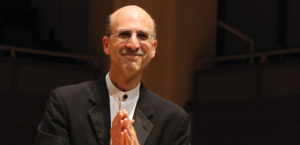
Gokelman beams after the Cardinal Singers’ performance at the National Association of Pastoral Music in July
For Gokelman, who has been the director of the Cardinal Singers for the last 27 years, singing sacred music in Spanish, he said, gave his 22-person choir an opportunity to meld notes and harmony to a language many of his students were familiar with. “[Sacred music in Spanish] is not something that is very widely known in the U.S.,” Gokelman said. “It was a learning experience for me. Even among the Spanish-speaking students in the choir, there was debate over how some of the words should be pronounced. But the great thing about music is that it is its own language.”
The concert the Cardinal Singers performed at the NPM conference consisted of nine songs from the 16th, 17th and 20th centuries. Some of the older pieces included “A un Niño Llorando” by Francisco Guerrero, “Oh, Señora” by Hernando Franco and “Serenissima Una Noche” by Geronimo Gonzalez, who was a Mexican priest and composer in the 17th century. Some of the contemporary music included “Salmo 150” by Suzette Ortiz, “Esto les Digo” by Kinley Lange and “Hacia Belén (Alegría),” a traditional Puerto Rican hymn, which was arranged by Gokelman himself. Another song, “Dios Te Salve, Maria” by Dominic Dousa, was a favorite of Cardinal Singers’ alto and UIW senior and music therapy major Marisa Castro.
“That song is a real tearjerker,” Castro said. “It was my favorite piece we sang because I remember growing up, that was the prayer for the Virgin Mary. Being able to share that with others was something beautiful to be a part of. Coming from a Latino family, I felt very proud to be a part of that.”
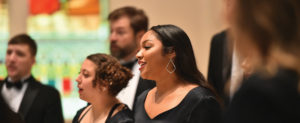
Members of the chorale in performance.
Proud to be a part of the UIW family, too, was Lena Gokelman, director of music ministries and former board member at NPM. In all her years attending the conference, she doesn’t remember a choir singing sacred music in Spanish before. “It was a unique offering,” she said. “Hopefully, it’s something that opens the door to more exposure for that type of artform.”
It’s an artform, Navarrete said, that is important to perform with authenticity. Since her first language is Spanish, she was able to share her knowledge with others in the choir, so every accent was articulated as accurately as possible. “One of the reasons we sang this sacred music was to reach out to Spanish-speaking communities, so we wanted to get it right,” she said. “The architecture of the music is so thoughtful and the language is so poetic and deep. With a Spanish flare, it brings it into a whole new light.”

